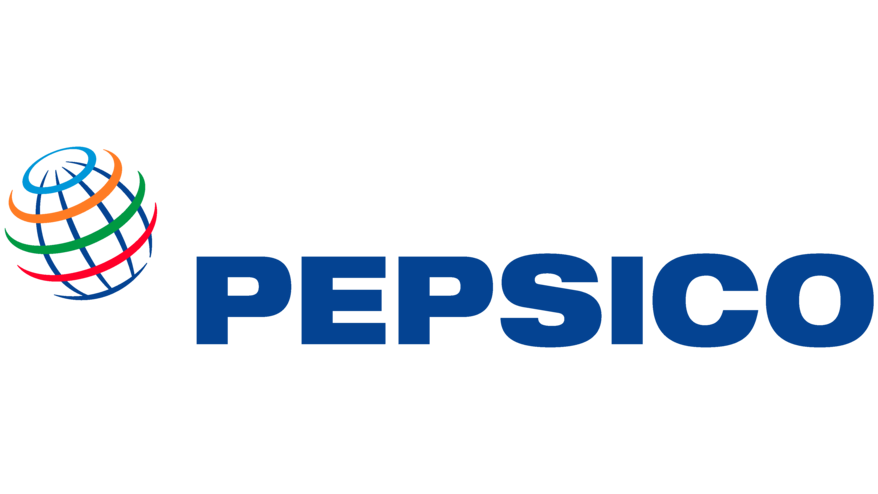
Atin Kulkarni, VP, Global Media and Commercial Capabilities, PepsiCo
I’ve been at PepsiCo for just about eight years now, and I lead a team that is responsible for building some of the key marketing and commercial capabilities that most of our top markets can leverage. An example, on the marketing side, would be media performance or ROI analysis. But it’s not just about analytics and numbers – to be able to truly know the drivers of performance, we also need to look at building an understanding of components, or what makes effective marketing. These would be from creative choices, media investments and mix, targeting or audience, and the platforms that we would use etc. Our focus is on the top 15 to 20 markets which make up a bulk of our revenue, and investments.
In a fast-evolving industry, you’re trying to keep marketers at PepsiCo up to speed with the industry evolution, especially over the past five years. What has been the biggest change for the industry and what impact has it had?
There are many aspects of our industry that are changing very rapidly. It would be hard to pick one, but the biggest impacts have come from what COVID has done [to the industry]. In the post-COVID era, media consumption habits have changed significantly. We all started to use meal-order services a lot, and those habits are staying too. An effect of all this is that consumers increasingly expect brands to know and understand them. It’s a time when there is a clear dialogue between brands and consumers instead of the traditional one-way communication we used to have. So, we have to think harder about how we, as marketers, must approach consumers in terms of the value proposition we put in front of them.
Another aspect to consider is the continued awareness of privacy-centric ways of doing things. Consumers today are much more tuned and aware of the marketing practices. We need to talk about brands building trusted relationships with consumers.
We’re hearing a lot about marketers facing a ‘challenge of balance’ – balancing reach versus relevance, or balancing investment between traditional media channels and new, emerging channels. So how do you identify the optimum balance for your brands?
While media professionals have always had to answer this question, it is indeed much more relevant today – given so many options for both marketers and consumers, yet media performance being under ever more scrutiny. For our brands, and I would argue for many other CPG brands, reach is important. But it’s “relevant” or “good” reach that matters. And that may mean different things for different brands, even in our portfolio. For example, a big household staple vs. a new brand will have different equations. At the end of the day, a key goal of marketing is to reach out to as many potential consumers as possible, in the best context possible – where relevance certainly matters, so that when there is a next purchase or consumption opportunity, our brand is high on their consideration set.
So we as marketers and media professionals indeed have several variables to balance. And while doing so, we have to ensure that we are ROI-positive as well. So how do we do this? This is where the focus on disciplined measurements, post-analysis and feedback loop to ensure better planning is key for us at PepsiCo.
When you look to grow the smaller brands in your portfolio, you must consider brand versus performance balance as well. What’s your perspective on this?
I think in one sense, it may seem easier to talk of them as two separate things, or as part of different aspects of the funnel. But we’re increasingly seeing that the classic funnel probably does not exist, if it ever did. Brand building is key and advertising plays a key role. We have created iconic campaigns with our classic brands, which contribute to the high level of awareness they enjoy. But then we have many small and new brands as well, for whom we must create awareness so that consumers can try them out. It comes down to reaching consumers based on specific insights and using the right platforms to get the message across. It’s about creating awareness by getting the relevant information to the right set of consumers based on the data we have and the intelligence that different platforms bring. I feel that this is really about getting comfortable to work in a continuum and pay attention to brand building, awareness creation, conversion, and mapping performance.
So, you don’t subscribe to the traditional marketing funnel any more. What does the consumer journey look like in the new path to purchase?
We need to acknowledge that there are multiple paths in the consumer journey. There are hundreds of different pathways and we don’t necessarily have a plan for each of them. For example, it’s not just about having an awareness campaign, but about giving the consumer the option of purchasing with just a click. On the other hand, some journeys indeed could start with a purchase, such as an impulse based one, online or offline – which then affords us possibilities of using that key event for building awareness further. This is where multiple options for creatives, placements, and platforms are actually good to have! For example, think of an audio streaming platform. A person subscribing to a podcast is more likely to hold a product in a positive light and buy it if the podcast host says something about it. Measurement follows this [process].
At PepsiCo, our approach is what we call Total Communications Plan, or TCP in short, which connects different consumer journeys with the brand’s objectives and well thought out marketing / advertising touch points. It has a clear notion of various marketing jobs-to-be-done and sketches of how those will be executed – such as what platforms, messages and audiences etc. And an integral part of this is, you guessed it, a measurement / analysis plan, following a KPI framework we have in place.
What do you see as digital audio’s particular strengths and weaknesses, and where does that sit in your media hierarchy?
Digital audio is an important part of our media mix. There’s a slight difference [in strategy]from market to market depending on what platforms are being used and how well-established they are. A clear strength is the time the consumer spends on the platform, which is substantial. We can tap into different consumer moods and audiences as well with the diverse range of genres, podcasts etc. Another is that it doesn’t allow consumers to skip through ads, which is an advantage, but also a responsibility for us to create compelling messages. In some places, we can combine display ads with audio ads, driving more efficacy. As for weaknesses, one is that the cost or the CPM is relatively higher than some of the other platforms that we use. It’s not a bad thing necessarily, but we need to ensure that we can reach our brand objectives. Another weakness is that the size of the audience, measured by say monthly average users (MAU), is rather smaller than other social apps.
What do you think are the main reasons for the investment gap in digital audio?
At PepsiCo, we prioritize channels that drive ROI / ROAS (return on ad spend). There is a wide range of digital channels that are available to brands today. In the case of digital audio, we are seeing relatively higher costs (CPMs) on those platforms, which often causes these to be secondary digital ad channels, complementing our more efficient, high-reach channels.
Do ads in music streaming services play a different role than podcast ads?
They do play different roles, but not necessarily at different points in the marketing funnel. We spoke about how podcasts offer multiple options, and in particular, the host-read ads that have special importance to their listeners. We know that the recall [with host-read ads]is much better. It’s not always about the consumer necessarily purchasing the product. But there are other interactions that they could choose, such as participating in a sweepstake. These participations have a more positive uptake than simply focusing on conversion. They are an important part of the brand journey, but they differ based on what we’re trying to achieve with a particular campaign.
I want to add that marketers are working with different sets of complexities today. There are different options, genres, moods and cost structures to consider. There are different languages and geographies [thrown into the mix]and these are all great options for global marketers. Though it’s like solving a jigsaw puzzle, it’s quite challenging but also exciting in terms of discipline and focus required for doing the right things that benefit both brands and consumers.
—
This article first appeared in https://www.warc.com
Seeking to build and grow your brand using the force of consumer insight, strategic foresight, creative disruption and technology prowess? Talk to us at +971 50 6254340 or engage@groupisd.com or visit www.groupisd.com/story




